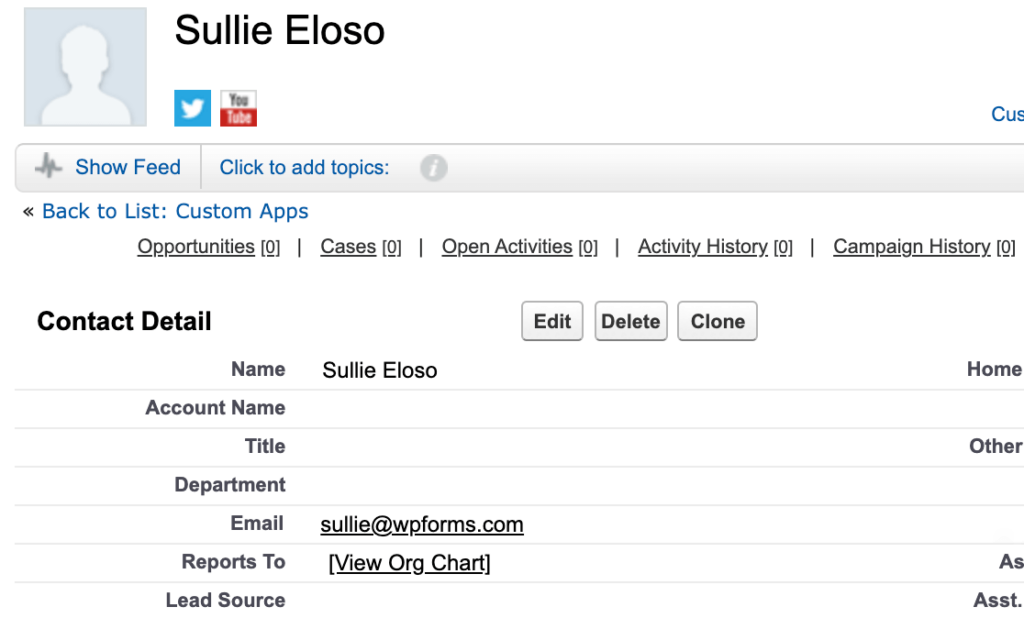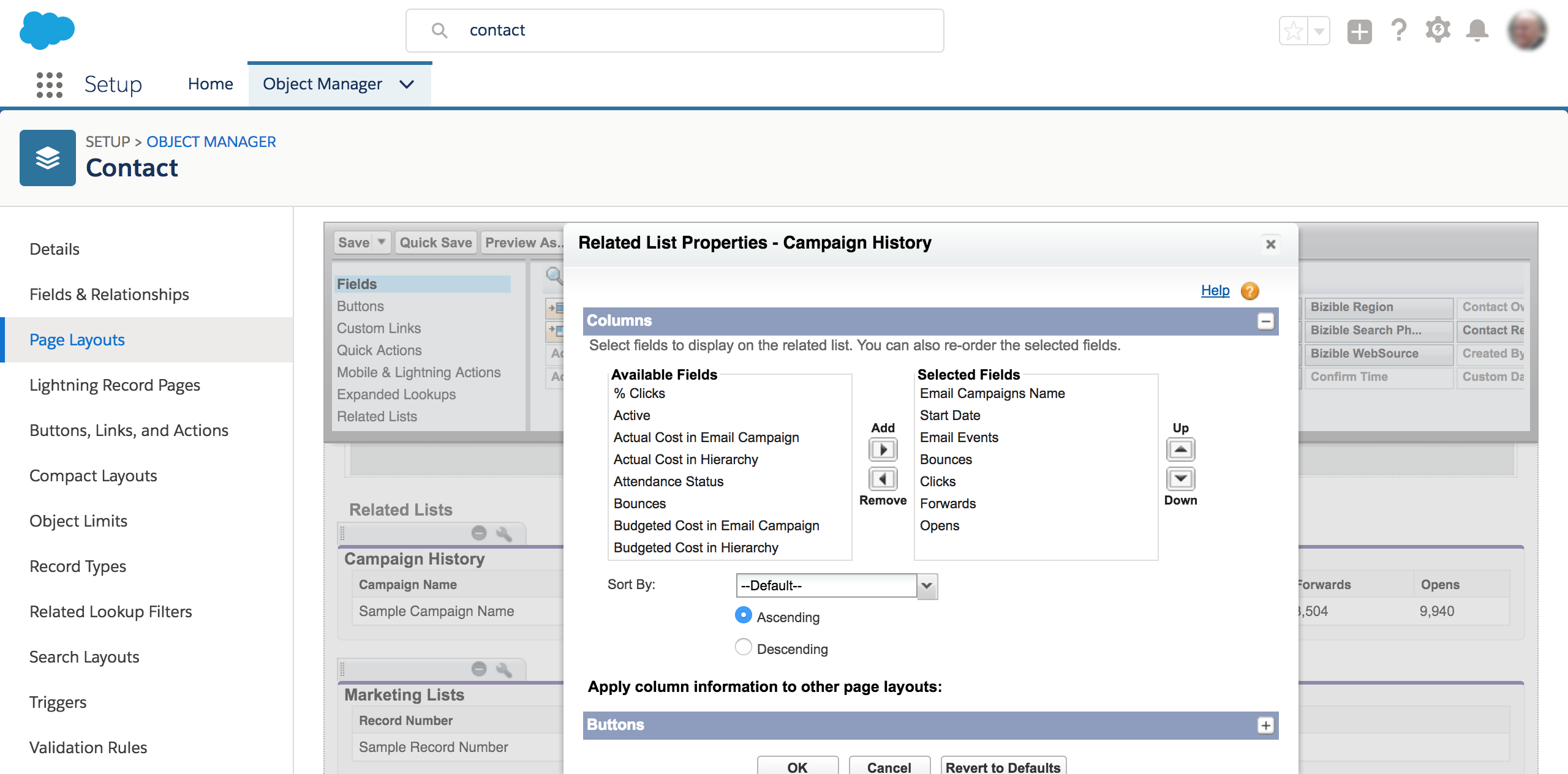

In other words, provide access to all Contacts where his/her Account = Case.Account. To do this, you will want to share the Cases to which all Contacts on the submitting User’s Account has access. First, we set Lead to Public Read/Write, allowing all the users to View and Edit the leads even if they are not their own. Go ahead and click on “Set Up” next to Case and the Access Mapping for that object will appear:Īs I stated before, the going assumption is that you want to provide Read/Write access to all of the submitting Contact’s colleagues. Click the box below howYouSayBye, scroll down into the Apex-Defined Variables, click aGreetingVar, and click howYouSayBye. Click the Store Output Values tab in the lower portion of the Action definition area. In this case, you’ll want to select Case and move it to “Selected Objects”. Give the Action a Label of Pick a Random Language and let Salesforce generate an API name. Here, you’ll need to select the applicable object. Next, select one or more profiles for this Sharing Set to apply to. Go ahead and set your label and description for your Sharing Set. You can simply create a formula that includes all the field variables you want to measure on and apply it to your contacts. You cannot create multiple Sharing Sets that provide different access and apply both to the same profile. Thankfully Salesforce reporting and dashboard features make it easy to get an overall view of your contacts, and to easily identify the list of contacts that are missing information in your top Salesforce Contact fields. The first key piece to understand about how Sharing Sets work is that no more than one Sharing Set can be created for each available profile. Scroll down to the “Sharing Sets” section and click “New”: To mitigate the deliberate, but potentially debilitating, gap in the sharing functionality between Customer and Partner Communities, you can create one or more Sharing Sets here: Build > Customize > Communities > Settings > Sharing Sets. To give your users the ability to create private contacts, adjust your contact page layouts so the Account Name field isn’t required. Assume your Organization-Wide Default for both objects is Private. Private contacts are contacts that aren’t associated with an account. Think about it - you would be providing each of your customers visibility into all Contact and Case records for all of your other customers. However, doing that would almost never make sense for an organization. In theory, you could provide Public access for either Cases or Contacts. Have a look here to better understand the concept and design correctly your solution.You want to create a sharing set. Before doing this, you should carefully have in mind additional considerations depending on the volume and distribution of your Contacts through generic Accounts called data skew. If you face this situation, the alternative you have is to associate these standalone Contacts to generic Accounts. This consideration is described on the following Salesforce article.Ī contact not linked to an account will always remain Private, regardless of your sharing model.Īll your sharing rules as well as your workflow rules will not apply to Private contacts. Once done and the sharing recalculated, you will be able to create Sharing Rules on the Contact object.īut wait, this is something you should know now…īy default, it’s not mandatory to associate an Account to a ContactĪnd if you don’t enforce this link, there is a very particular behaviour the following that will probably busy yourself for some hours if you are not aware of it. Switch the Contact Internal OWD to Privateįirst, let’s switch to Private the internal OWD of Contact, so as its visibility is not controlled any more by the associated Account. There could be some scenarios where you would want to drive the Contact visibility not through an Account, but just a simple Sharing Rule on the Contact itself. With this setup Salesforce will only allow you to create sharing rules on the Account object, and a user with Read Only or Read/Write access to an Account record will be also able to access all associated Contacts with the exact same permissions at the record level. This means that the visibility of Contact records is driven by the visibility of their associated Account.

How does your Contact Internal OWD look likeīy default the internal Organization Wide Defaults for the Contact object is set to Controlled by Parent.


 0 kommentar(er)
0 kommentar(er)
